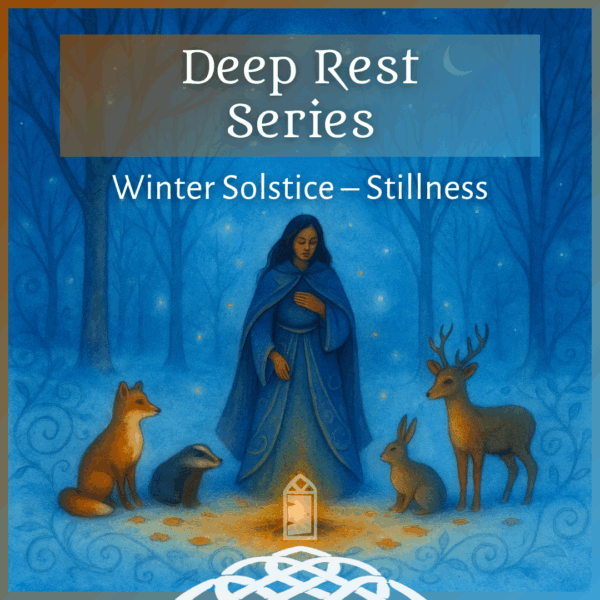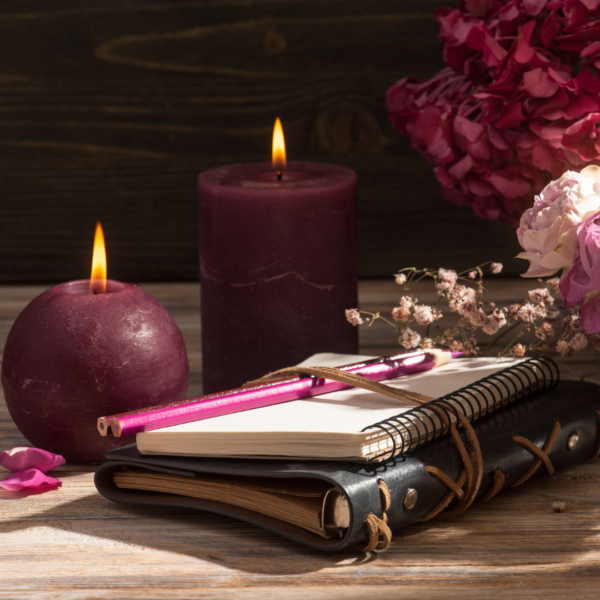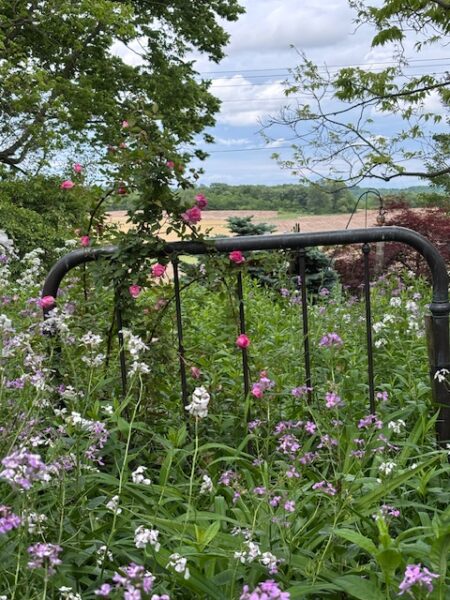I am delighted to share another beautiful submission for the Monk in the World guest post series from the community. Read on for Patricia Turner’s wisdom:
My Practice of Being a Monk in the World: Photo Lectio – The Image as Icon
Already I am being brought into a world where significant things are shown as images, and insight comes from shapes and patterns, from the visual rather than from the written word. – Esther de Waal
To live as a monk in the world for me begins with spending as much time as possible in silent and solitary reflection. I carve out not only precious time but a scared space to wrap myself in contemplative thought…usually with my resident philosopher “”Emerson” on my lap.
This thought practice most often involves what I call Photo Lectio – a responsive reading of my photographic images to draw out the wisdom contained in the landscapes I encounter. They serve as my icons of the experience for me.
At the very basis of this contemplative practice is the Jungian notion that the soul speaks to us through images. We are naturally and intuitively drawn to photograph places and objects that hold special and hidden meaning for us. These are represented by the photographs I am gifted by a world which, for me, is threaded through with divine presence and revelatory metaphors.
Lectio Divina is a monastic practice of contemplating sacred texts. Icons served the same purpose but as a visual reference rather than a literary one. They were vehicles to focus prayer and contemplation.
My Photo Lectio – based on the monastic practice of Lectio Divina – uses the four steps outlined in Christine Valtner Paintner’s book Lectio Devina. Instead of written text, however, I’ve modified the four steps to read my photographs instead.
Look carefully at your image. What are the essential visual elements that draw your attention? This is the basic vocabulary of your photograph. Continue to read over your words until a single word or phrase resonates with you. This is the first message from your image but by no means the only one. These are the words and phrases I read in my image above.
The open window space…the rough stone work…Nature and the Man-made…the plants growing on the stone…the beautiful sky…the trees in the distance
II. REFLECT (MEDITATIO)
Take one element or a combination of elements to focus on. You can always come back to the image for other reflections so try not to be too broad in your reflective scope. For this example I’ve chosen the word Nature. I then simply write in response to what I see in the “nature element” of the image and let the words flow spontaneously.
Nature in the image above is represented by the green
foliage. It seems to grown out of the man-made structure,
trying to emulate the trees outside the window opening.
Nature will always return to reclaim Man’s constructions
for it is more powerful than any of his grand designs.
III. RESPOND (Oratio)
This is the time to personalize your observations and reflections. This can take any number of directions…from relating the reflection to something in your life or something you see in the world around you. You can respond by writing more in your journal or creating a poem. Like the reflection above, I try to let the words simply flow from my pen without concern for writing a polished piece of writing.
We must make room for Nature…in our lives and in
our communities. Gardens, green spaces, a pot of
herbs on the window sill…we lose an essential part of
our soul when we become detached from the natural world.
IV. Rest (Contemplatio)
After I’ve conclude my reflection on the image I created, I just let it rest quietly on the table next to where I sit each morning. I look back on it from time to time before I put it away to see if anything else reveals itself to me. Resting with the image is an acknowledgement of your efforts and the landscape’s wisdom you were able to record in your photograph. Remember, this is a dialogue and not a monologue! If you bring the image out again months later, it will still speak to you, perhaps in all new ways.
I’ve sometimes made small books of my images and reflections so that I can look back on my thoughts. They become, to carry the monastic analogy a bit further, my illuminated manuscripts. I also include quotations and poetry if I find some that seem appropriate.
For me the process of Photo Lectio is never really done. As I grow and change, so do my reflections. The message gifted to me originally may not be the same one a year later. Photo Lectio is an organic, evolving process.
Contemplative photography is my primary spiritual practice – the way I journey with my monks searching soul. You can follow along in this pilgrimage of spirit through my blog, A Photographic Sage which combines photography with Taoist principles.
My continued practice of being a monk in the world through Photo Lectio embraces my daily conversion, my turning round to a new way of looking at the world through the images I am gifted.
Allowing the world to offer me small bits of wisdom through the images I gather makes the entire process one of wonderment and delight. It is a co-conspiracy of sorts since the landscape is an equal partner with me in the process. I’ve come to learn that I will always journey to where I need to be if I follow my hearts GPS and the images I need to receive will always be there to greet me.
Majoring in photography and film making in the late 70’s, I then worked as an art teacher for 35 years before retiring in 2010 and dedicating my effort and time to contemplative photography. I now live in Maine when I’m not traveling the world.
Click here to read all the guest posts in the Monk in the World series>>






8 Responses
Catching up on my reading ….
Thank you for sharing your practice. Love your book idea — I make books after trips including quotes as part of the descriptions (have given them as Christmas gifts to family). I have book on the back burner for photographs that inspire reflection. You have inspired me to complete it.
Thank you!!!!
Patricia! I love your quote by Esther De Waal:
Already I am being brought into a world where significant things are shown as images, and insight comes from shapes and patterns, from the visual rather than from the written word. – Esther de Waal. Here’s why.
I too am finding words less “enough”, the shapes and patterns of things seem to reach a deeper part of my brain structure evoking a deeper knowing and recognition. I have recently made a decision to spend more time with patterns and shapes which all “harken” –well, that word came from some past life medieval place :)–back to roots in sacred geometry. Patterns and shapes can be read wholistically by the brain and offer codes to deeper truths. Words more easily represent the duality I have been taught to perceive and the quest for oneness seems to demand a new literature, a literature of shapes and patterns. The eye of a photographer, you, have probably understood this far longer than myself!
Thank you. Morgana
Thank you all for you heartening comments! Each provides insight and further illumination on my path of leading a more contemplative life through my photographic work.
Thank you Patricia. I too work in this way. In my work I taught a lot of dance-drama and mime, creating images from words. Since retiring in 2011, and beginning to study the Abbey courses, I have reversed the process and now receive the images first, then create the words, as Photo Lectio. I very much appreciate your cogent description.
Patricia, your description of reading the language of an image has opened up possibilities for me, for which I thank you heartily.
Pam
Beautiful, Patricia. Thank you for sharing your practice and experience with Photo Lectio.
Patricia’s practice is inspirational, illuminating to all but particularly to those interested in photography as a way of expressing connection to the Divine!
Love the idea of turning your insights into “Illuminated Manuscripts” and returning to them again and again for insight, Patricia!